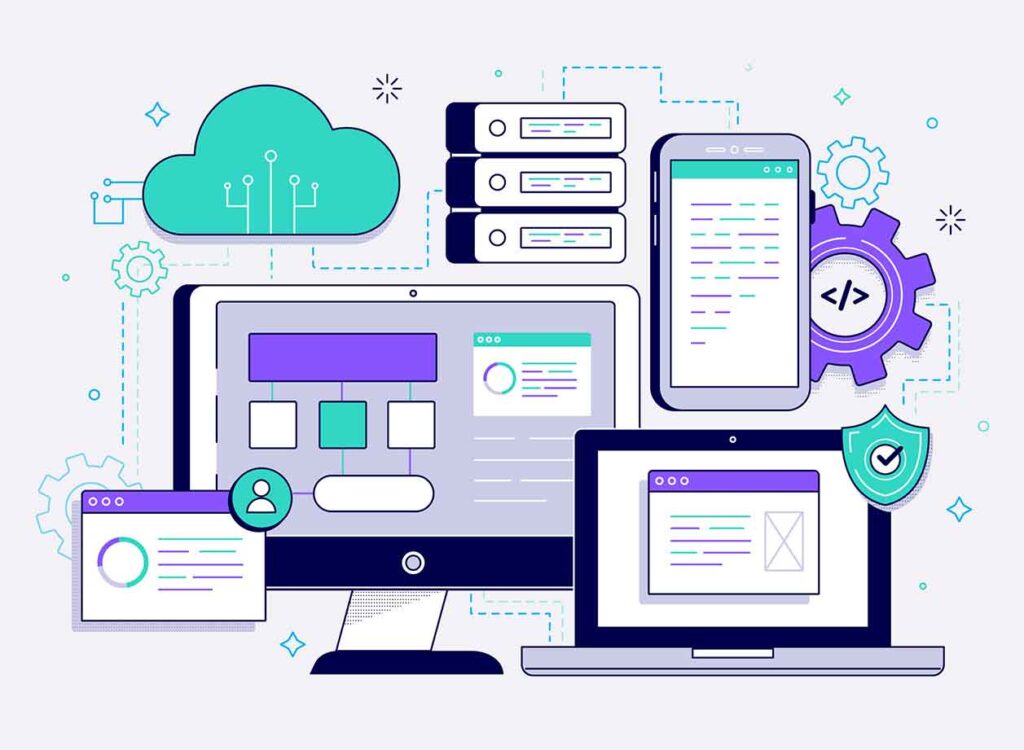Best OKR Software
Choosing the Right Solution for Your Goals
Efficiently setting and monitoring Objectives and Key Results (OKRs) is paramount for any organization on its path to success. To accomplish this, it is imperative to invest in top-notch OKR software that caters to your organization's distinct requirements
Let's explore the key characteristics to consider when evaluating OKR software, ensuring you make an informed decision.

1.Goal Management for All Levels and Use Cases:
The ideal OKR software should be versatile, enabling you to create OKRs for different organizational levels (company-wide, team, and individual) and various use cases, whether they involve annual targets, quarterly goals, numeric or percentage objectives, or milestone-based key results.
2.Alignment and Hierarchy View:
Alignment is the bedrock of effective OKR implementation. Look for software that supports seamless alignment, allowing you to cascade OKRs from overarching company objectives to individual team or employee goals and a hierarchy view that allows you to get a comprehensive view of the alignment between strategic organization goals and team/individual objectives. This promotes a clear and direct connection between the organization's strategic vision and individual contributions.
3.User-Friendly Interface:
Usability is paramount and helps improve OKR adoption in an organization. Seek out OKR software with an intuitive and user-friendly interface. A low learning curve ensures that employees at all levels can comfortably set, track, and manage their OKRs without unnecessary complexity.
4.Real-Time Progress Tracking:
Transparency is key to success. The software should provide real-time dashboards or visual representations of OKR progress. This empowers teams and individuals to stay informed about their performance and make timely adjustments.
5.Notifications and Reminders:
To keep everyone on track, automated notifications and reminders for OKR updates, check-ins, and deadlines are invaluable. They help maintain goal momentum and keep employees engaged in the OKR process.
6.Data Analytics and Reporting:
Robust data analytics features should be readily available to analyze performance trends, identify areas for improvement, and offer actionable insights. Customizable reporting options should also be a part of the software's toolkit.
7.Integration Capabilities:
Efficiency is bolstered by integration. Look for software that seamlessly integrates with other commonly used tools in your organization, such as project management, CRM, HR systems, or communication platforms. Integration streamlines workflows and enhances data sharing. Especially applications built in other platforms such as your CRM, Finance system can save cost of integration and also increase adoption.
8.Customization:
Every organization has its unique OKR terminology, workflow, and branding. Seek software that allows customization to adapt to your specific needs and processes effectively.
9.Mobile Accessibility:
In today's mobile-driven world, mobile app availability or mobile-responsive web interfaces are a must. This empowers employees to access and update their OKRs conveniently while on the go.
10.Security and Privacy:
Ensure the software adheres to data security and privacy regulations to safeguard sensitive organizational information. Features like role-based access control and data encryption should be standard.
11.Scalability:
As your organization grows, your OKR software should grow with you. It should accommodate more users, objectives, and data without sacrificing performance or usability.
12.Feedback and Recognition:
Many OKR software platforms facilitate feedback and recognition mechanisms, fostering a culture of continuous improvement and collaboration among team members.
13.Training and Support:
Reputable OKR software vendors offer comprehensive training and customer support resources to help organizations implement and use the software effectively. This includes training materials, webinars, and responsive customer support channels.
14.Cost-Effectiveness:
Consider the pricing model carefully. The software should provide value for its features and support while aligning with your budget constraints.
15.User Adoption:
Look for software that encourages user adoption and engagement through features like gamification, social recognition, and effective communication tools.
16.Regular Product Updates:
A history of regular software updates indicates ongoing support and development, ensuring your software remains effective and up-to-date.
When evaluating OKR software, it's essential to align these characteristics with your organization's specific needs and goals. Choosing the right software can significantly enhance your ability to implement and reap the benefits of the OKR methodology effectively. Remember, the best OKR software is the one that empowers your organization to achieve its objectives and key results efficiently and with maximum impact.